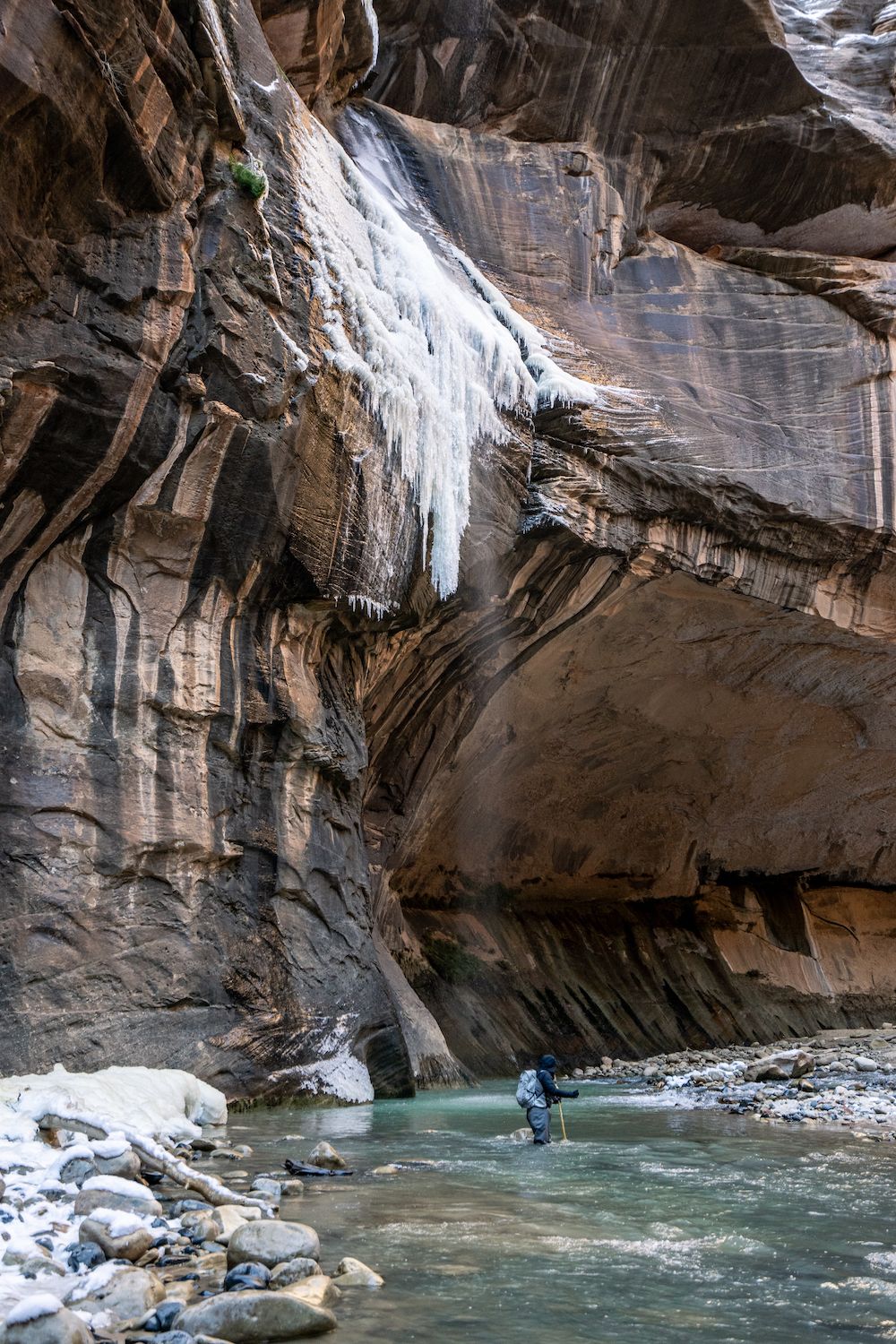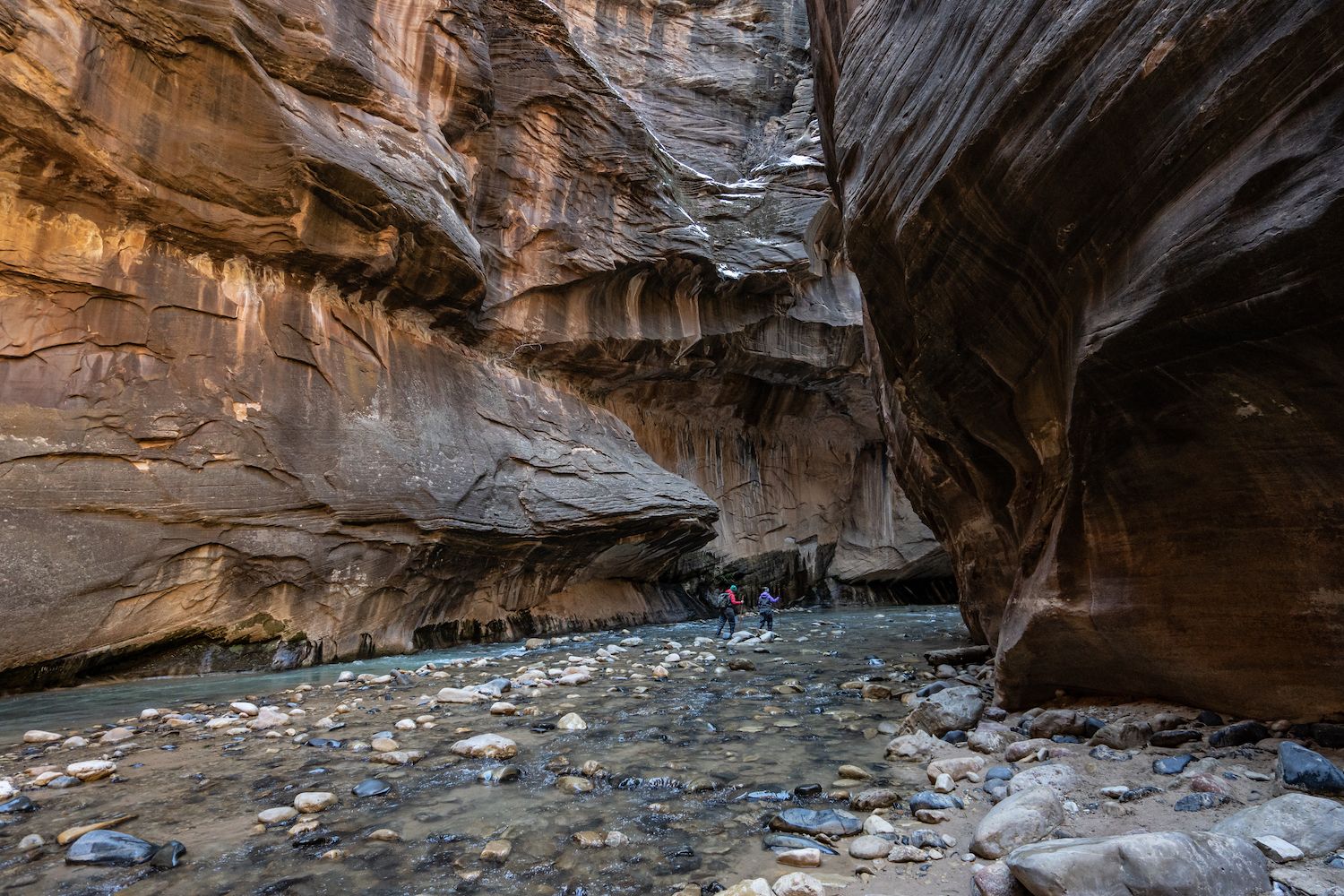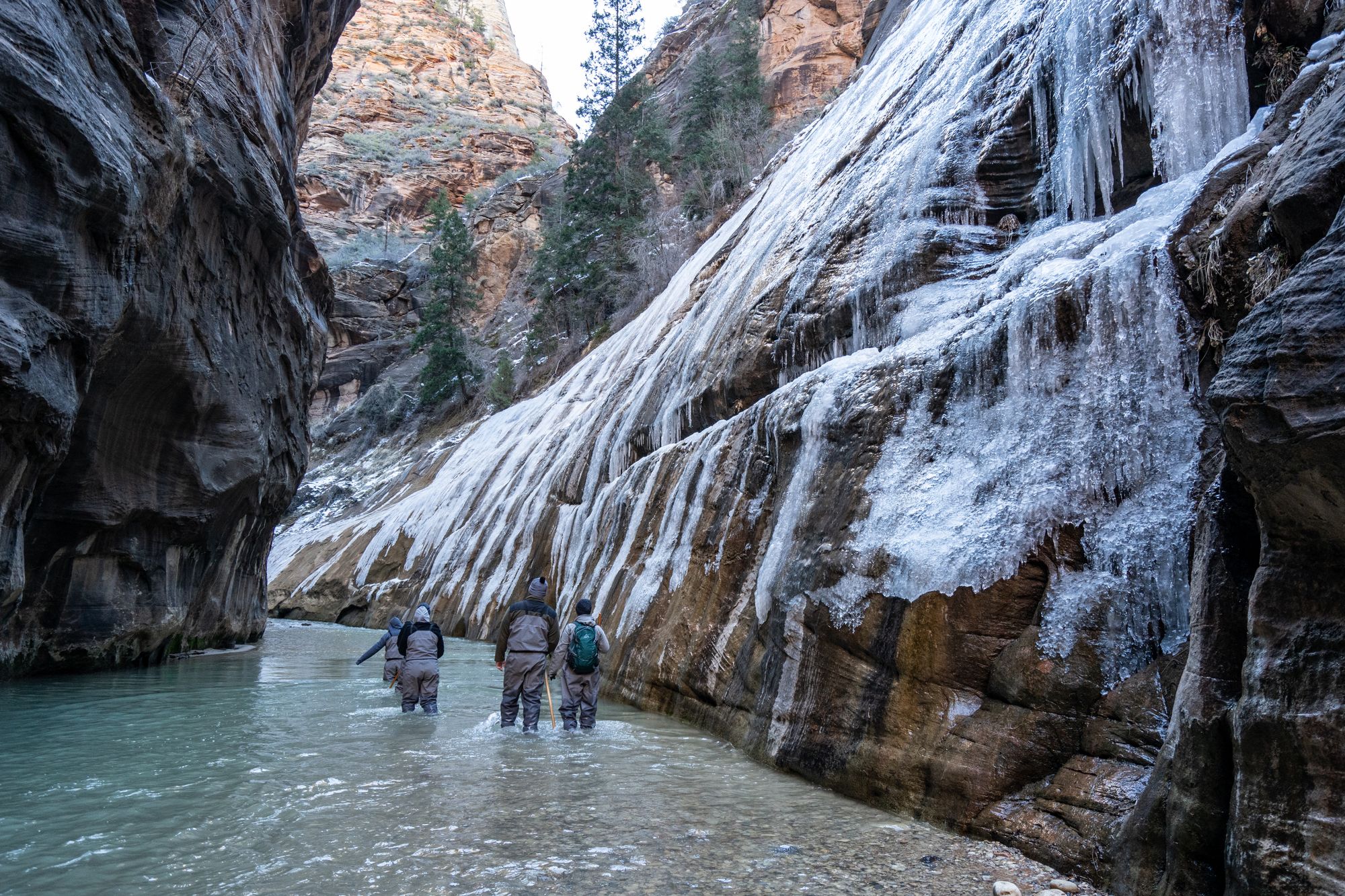Fear, Abundance, and Strangers in the Wilderness

I had planned a route for a long run in a remote corner of Coconino National Forest, a 25-mile drive down dirt roads outside town. I had studied some of the topography of the area and was searching for scenic vistas overlooking Sycamore Canyon and the southern edge of the Mogollon Rim.
At the beginning of my outing, I trudged up a hill, figuring the high point would be a good candidate for views. There was a fire lookout tower at the top, which I assumed would be empty, as most of them are.
But as I neared the tower, a voice called out. A man who looked near retirement age asked if I'd like to come up and see the tower. Sure, I agreed--the tower seemed pretty neat.
Through a beautiful short film I watched months later, I learned that there are only a small number of staffed towers left in the United States, a shadow of their former proliferation in the 20th century. Their history and heritage is fascinating, and it takes a unique person to take on this type of caretaking work.
Before I knew all that, I paused my Garmin and bounded up several flights of stairs into the room at the top of the tower. He closed the door behind me, and I realized with a start: I'm out in the wilderness alone in a fire tower with this strange man. I shouldn't be here.
In the rapid calculus cascading through my brain, I decided the best option would be to humor him for a couple short minutes while he chatted, so as not to appear too rude by leaving immediately. Oblivious to my predicament of being alone with strange men in the forest, he suggested I also pay a visit to the man who staffs another lookout tower about 20 miles east. He told me it gets lonely at the towers, and it's a joy to talk about them with visitors. The tower even had a guest book filled with decades of notes from those who had passed through these remote and rare pockets of wildland management history. In my nervousness, I decided to leave before adding my own entry, citing the urgency of finishing the rest of my run.
In the years since, I've spent a lot of time thinking about that day. That day happened to work out fine, but it made me reflect a lot on trust and risk assessment for social encounters in the wild.

Last week, I took a solo trip up to southern Utah to camp and hike. The funny thing about traveling solo is that, at least in somewhat populated places, it's never actually lonely.
Before a hike through a more popular area, I chatted with two other pairs of hikers in the parking lot as we all got ready to set off. The five of us shared pleasantries, thoughts on the day ahead, and even a couple spare Ziploc bags.
Later, as I neared the turnaround point of the hike, I crossed paths with a man who also turned out to be hiking solo. We decided to stick together for the return hike, chatting and generally looking after each other.
Back at the parking lot, one of the women I'd met that morning offered me some hospital-grade antiseptic swabs to help treat a minor wound where I'd lost some skin in an incident with some ice.
What was nominally a solo outing ended up being profoundly communal. I didn't learn the names of most of these strangers who offered help and conversation throughout my day. When these sorts of things happen, I rarely do. Even so, I felt uplifted by their presence and their spirits.

In a highly individualistic society, we tend to think about strangers in our communities in a dark light. We're conditioned to be on our guard and to minimize most interaction with strangers as a general rule.
Though many assume that being alone in the outdoors is frightening, in many ways I feel particularly safe when I'm in the milieu of the outdoor community.
Time and time again, I find myself encouraged and reassured by the support and friendliness in these spaces: whether it's the woman last week who offered me antiseptic swabs or someone pausing to ask if I'm alright when I've stepped off my mountain bike for a break. As much as I can, I try to contribute in my own ways to the feeling of community and sharing the responsibility of looking out for one another.
I see mindsets around strangers and community as analogous to the popularized concept of abundance versus scarcity.
Broadly speaking, a scarcity mindset works from a place of fear, always on edge about the idea that there will never be enough and things are always on the brink of disaster. An abundance mindset, conversely, nurtures the belief that things will be ok and there is enough to go around for everyone. Abundance is a place of empowerment rather than fearfulness and anxiety.
Extending this to social settings, a scarcity and fear-driven mindset assumes, by default, that strangers should be treated as if they could and would harm you. A scarcity of kindness and integrity, if you will.
But like an abundance mindset, I choose to believe that most people would not purposefully cause physical harm to a stranger, even if there was an opportunity.
Of course, there can be value in being alert, assessing risk, and staying out of bad situations. It would be foolish to flatten the ideas of risk and safety into a one-dimensional concept with no nuance or consideration for what and who might bring you harm. There is no perfect solution or correct answer for risk assessment, including in social settings outdoors. I'm sure I'll continue wrestling with these concepts and evolving my stance.
An abundant, goodness-seeking mindset toward strangers does not absolve us of the necessity of risk assessment. Rather, it carves out a little more space to see the inherent goodness in others. It cultivates a different attitude in our encounters with strangers. Those attitudes have very real impacts on our behaviors, and thus on the tone and outcome of those interactions as a whole. Ultimately, it elevates the community as a whole through a culture of kindness, trust, and geniality.
But along the way, I'll keep looking for ways to foster community through small moments of shared humanity and empathy to strangers.